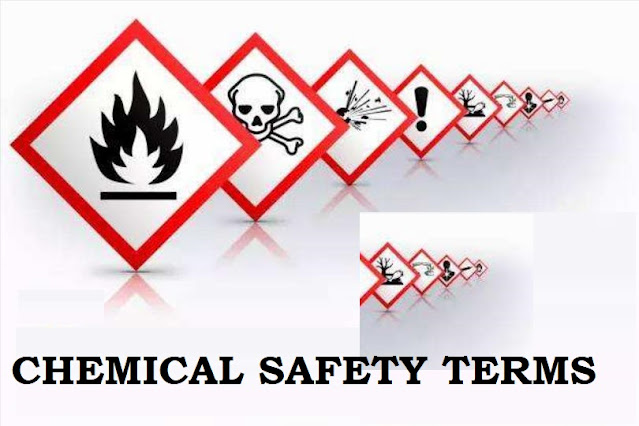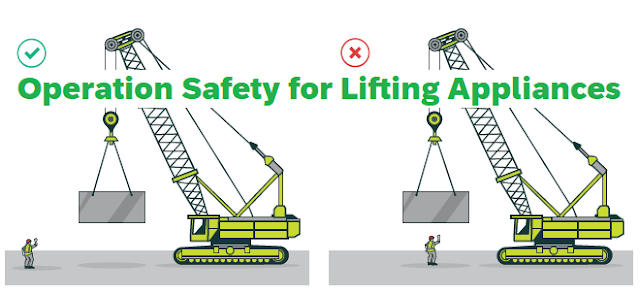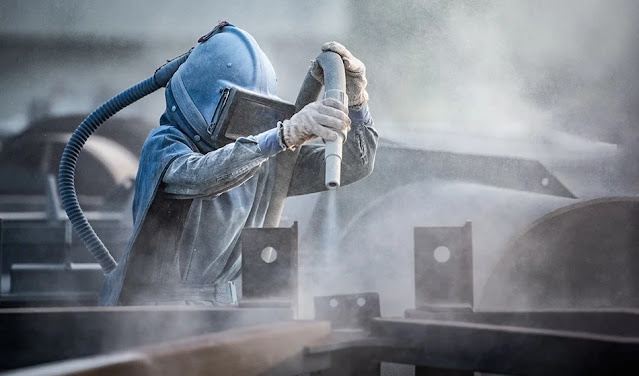Ergonomic Safety – Part 2
A proactive
approach to Ergonomics will ensure that:
• Engineers
will receive training in ergonomics and have appropriate information and
guidelines regarding risk reduction
• Management
planning new work processes should have knowledge of Ergonomics principles that
contribute to the reduction or elimination of risk for the employees.
• Design
strategies emphasize fitting job demands to the capabilities and limitations of
employees. Incorporate the hierarchy of control, For example, for tasks requiring
heavy materials & manual handling, use of mechanical assist devices to
reduce the need for manual handling would be designed into the process
• Considering the other aspects of design should include like load design, layout of the workplace to allow for ease of access when using mechanical aids and eliminating unnecessary lifting activities.
Managing Heat Stress in the Workplace : A Complete Guide
Symptoms of MSDs
• Pain
• Weakness
• Stiffness
• Sensitivity
• Swelling
• Burning
sensation
• Tingling
•
Drowsiness
•
Difficulty moving
• Clumsiness
Human Factors in Industry The Key to a
Basic Ways to Reduce Ergonomic Risks
Hierarchy of
control to be applied & Importance to be given for the Engineering
Improvements. Engineering advancements include rearranging, modifying,
redesigning, or replacing tools, equipment, workstations, packaging, parts, or
products. These enhancements can be very effective because they may reduce or
eliminate contributing factors. (For example, if your job requires sitting for prolonged
periods of time, having an adjustable seat or foot stool so that your knees are
higher than your hips helps protect your lower back.)
Administrative
Improvements. Administrative improvements include changing work practices or
the way work is organized.
• Providing
variety / rotation in jobs
• Adjusting
work schedules and work pace
• Providing
recovery time (i.e., muscle relaxation time)
• Modifying
work practices
• Ensuring
regular housekeeping and maintenance of work spaces, tools, and equipment
•
Encouraging exercise
Personal
Protective Equipment. Safety devices, or personal protective equipment (PPE),
includes gloves, knee and elbow pads, safety shoe, and other items that employees
required to wear for that specific activity.
A Key Step in Improving Safety
What are the advantages of ergonomics?
1.
Increased savings
→Less
injuries
→More
productive and sustainable employees
→Fewer workers’
compensation claims
2. Fewer
employees experiencing pain
→Implementing
ergonomic improvements can reduce the risk factors that lead to discomfort.
3. Improved
productivity
→Ergonomic
improvements can reduce the primary risk factors for MSDs, so workers are more efficient,
productive and have greater job satisfaction.
4.
Increased morale
→Attention
to ergonomics can make employees feel valued because they know their employer is
making the workplace safer.
5. Reduced
absenteeism
→Ergonomics
leads to healthy and pain-free workers who are more likely to be engaged and productive.
Hearing Protection Safety Why It Matters













